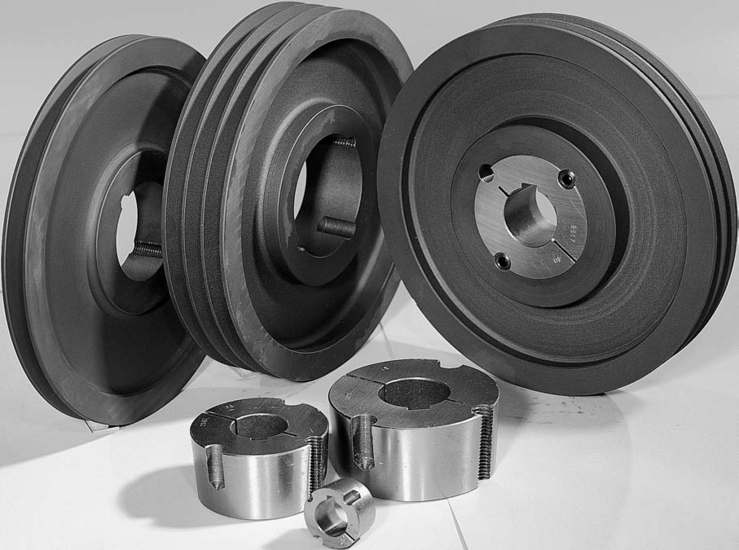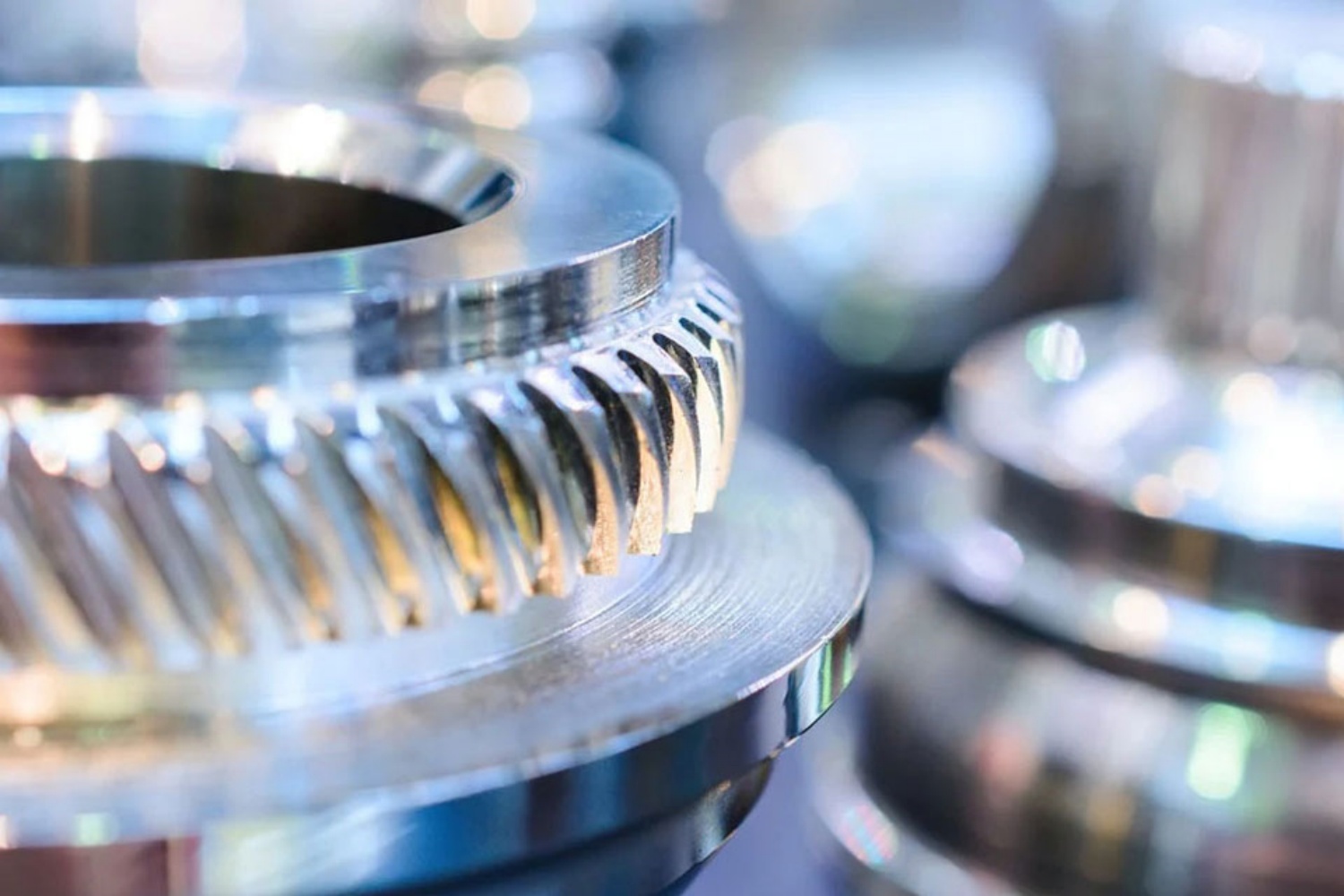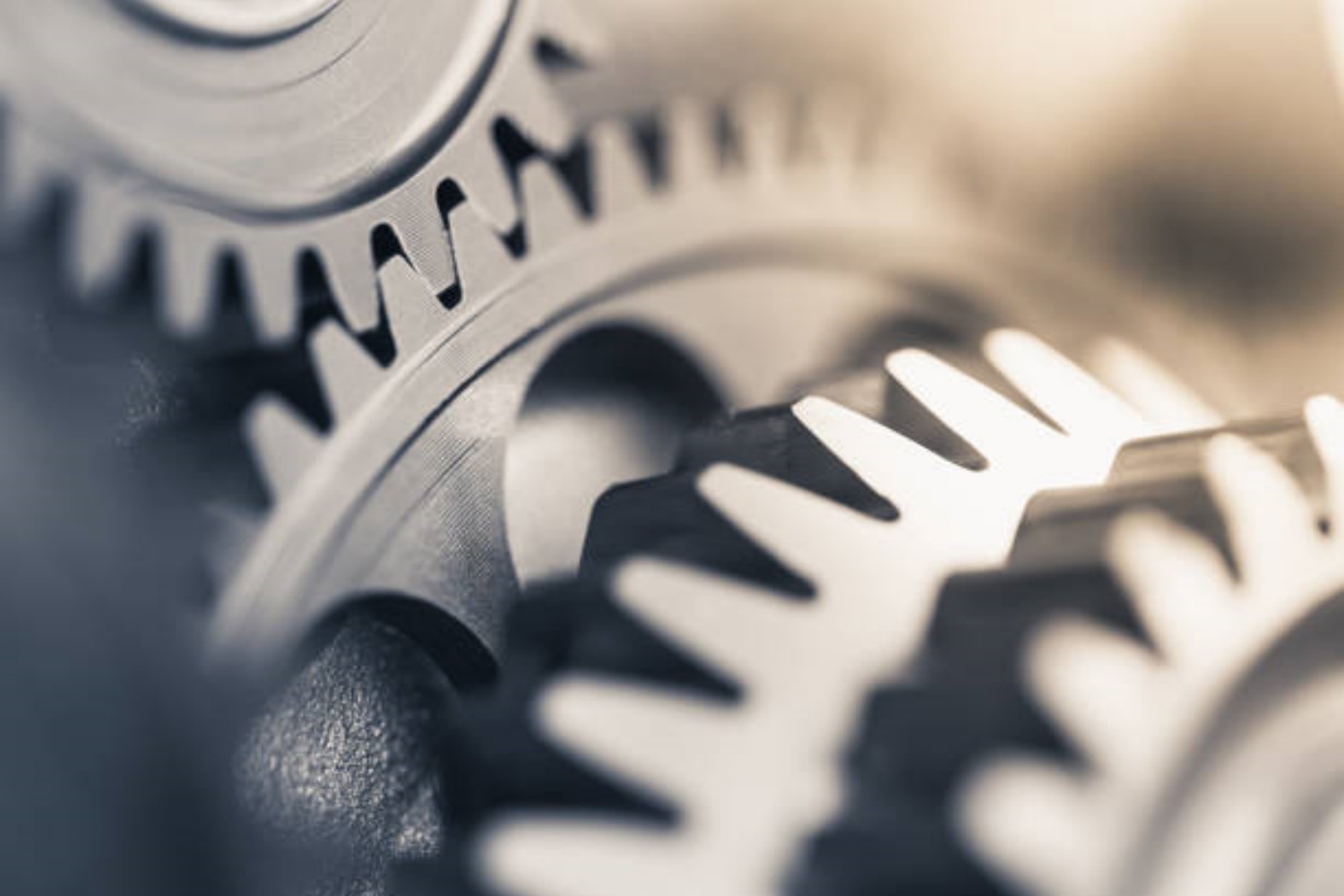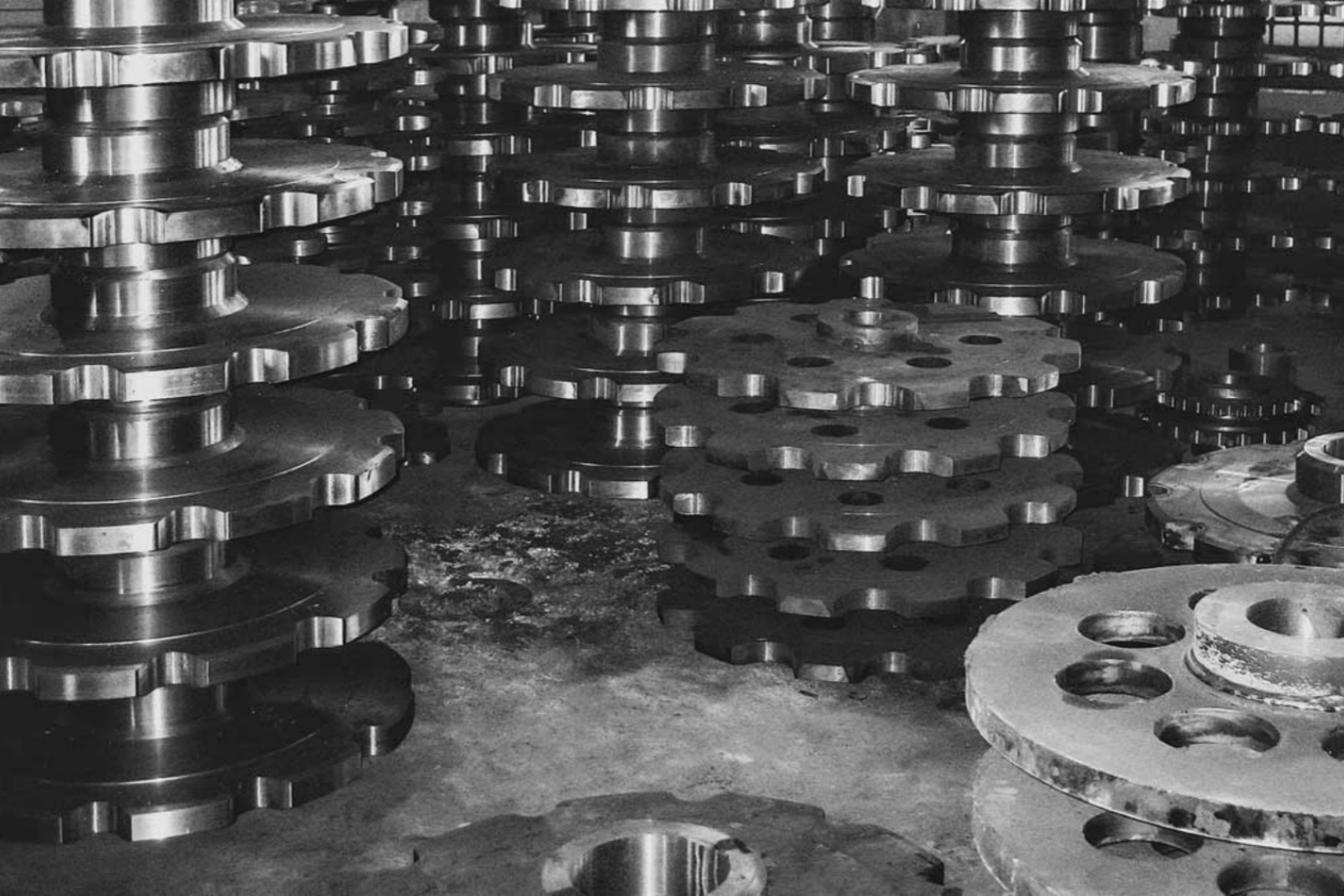Transmission belt pulley and a V-belt pulley are two different types of pulleys used in power transmission systems. Here are some of their characteristics and differences:
What is transmission belt pulley?
A transmission belt pulley is a type of pulley used in power transmission systems that use belts to transfer power between a motor or engine and a machine or piece of equipment. The transmission belt pulley is designed to work with a specific type and size of belt, such as a V-belt or timing belt, and is used to transfer rotational power from the motor or engine to the belt.
Transmission belt pulleys come in various shapes and sizes depending on the type of belt they are designed to work with and the amount of power that needs to be transferred. They may be made of various materials, including steel, aluminum, or plastic, and may have a smooth surface or be grooved to match the profile of the belt. Some transmission belt pulleys are also designed to be adjustable, allowing for precise tensioning of the belt to ensure efficient power transfer.
Transmission belt pulleys are commonly used in a variety of applications, including industrial machinery, automotive engines, and HVAC systems. They play a critical role in ensuring that power is transferred efficiently and reliably between the motor or engine and the equipment being powered.
What is V-belt pulley?
A V-belt pulley is a type of pulley that is specifically designed to work with a V-belt, which is a belt that has a trapezoidal cross-section. The V-belt pulley has a V-shaped groove on its outer circumference that matches the shape of the V-belt, allowing it to grip the belt and transmit power from a motor or engine to a machine or piece of equipment.
V-belt pulleys are commonly used in power transmission systems where moderate power is required, such as in industrial machinery, agricultural equipment, and automotive engines. They are available in a variety of sizes and configurations, depending on the application and the amount of power that needs to be transmitted. V-belt pulleys are typically made of cast iron or steel, which provides strength and durability, and may have one or more grooves to accommodate multiple belts.
One of the advantages of using a V-belt pulley is that it allows for easy and quick installation and removal of the belt, as the belt can be easily slipped on and off the pulley without the need for any special tools or equipment. The V-shaped groove also helps to keep the belt centered on the pulley, reducing the risk of slippage or misalignment.
Overall, V-belt pulleys are a reliable and efficient way to transfer power from a motor or engine to a machine or piece of equipment, and they are widely used in a variety of industries and applications.
What is the difference between V-belt pulley and transmission belt pulley?
- Belt type: V-belt pulleys are specifically designed to work with V-belts, which have a trapezoidal cross-section, while transmission belt pulleys can be designed to work with a variety of belt types, such as flat belts, round belts, or timing belts.
- Belt grip: V-belt pulleys have a V-shaped groove on their outer circumference that matches the shape of the V-belt, allowing the belt to grip the pulley and transfer power. Transmission belt pulleys may have a smooth surface or grooves that match the shape of the belt, depending on the type of belt being used.
- Power transfer: V-belt pulleys are commonly used in power transmission systems where moderate power is required, while transmission belt pulleys may be used in a wider range of applications, including those where higher power is required.
- Size and configuration: V-belt pulleys are typically smaller in size than transmission belt pulleys and may have a single or multiple grooves to accommodate one or more belts. Transmission belt pulleys may have a variety of sizes and configurations depending on the application and the amount of power that needs to be transmitted.
Overall, the main difference between V-belt pulleys and transmission belt pulleys is the type of belt they are designed to work with and the amount of power they are capable of transmitting. While V-belt pulleys are designed specifically for use with V-belts and moderate power applications, transmission belt pulleys are more versatile and can be used with a wider range of belt types and power requirements.
CONTINUE READING
Related Posts
In mechanical drives, gears are essential for transmitting motion, power, and torque across various applications. Two of the most commonly […]
In the world of industrial machinery, efficiency, precision, and reliability are essential. A key component in achieving these goals is […]
In the world of industrial engineering, precision and innovation are essential to staying competitive and meeting the ever-growing demands of […]





